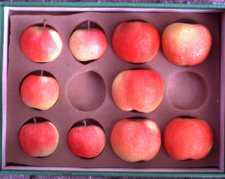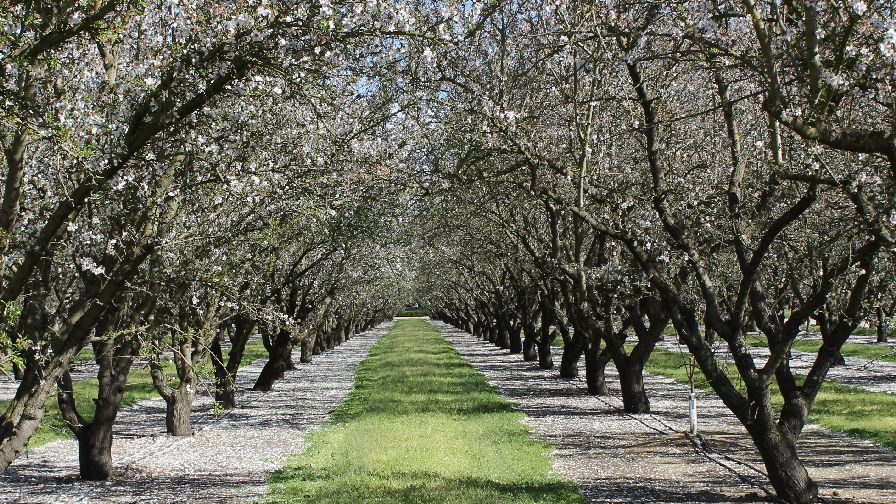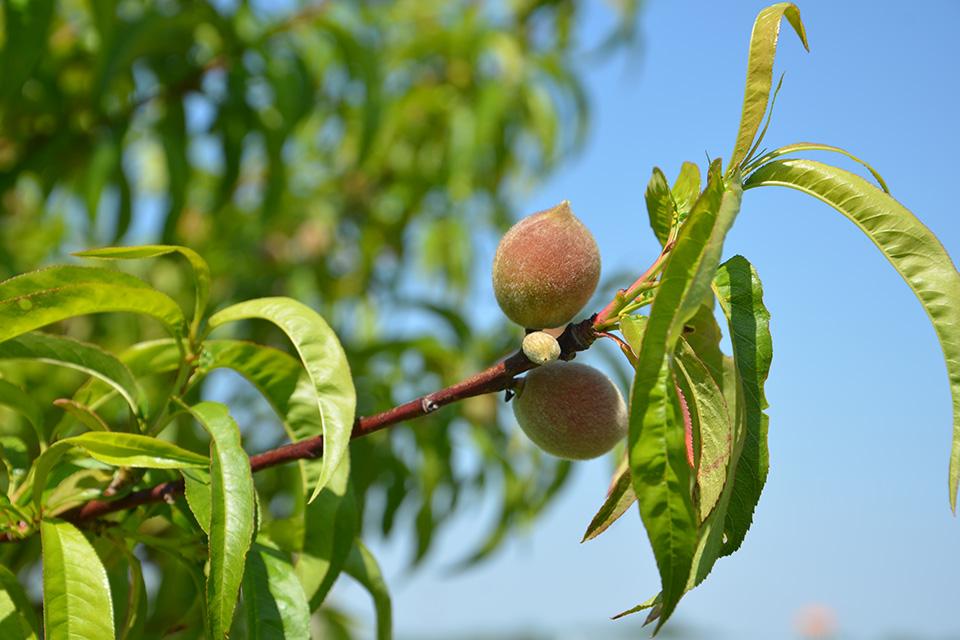Larger Apples are Possible With ‘Grand Gala’

Hirst says this is the first time an altered form of the cell division cycle, or endoreduplication, has been discovered in apples, and it wasn’t what he expected to find. Usually, larger apples will have more cells than smaller apples, so Hirst figured that a certain gene was keeping cell division turned on in Grand Gala. That wasn’t the case. He instead discovered that Grand Gala had the same number of cells as other Galas, but the cells were larger.
Through endoreduplication, Grand Gala’s cells actually make copies of their DNA without dividing. The cells simply continue to grow, adding more copies of the DNA as they expand. The core of the Grand Gala is the same size as a regular Gala, so the additional size and weight is all in the meat of the apple.
Characteristics
Determining exactly what is making these apples larger could provide insight into further studies. According to Hirst’s research, one or more genes are responsible for the endoreduplication in Grand Gala. Isolating those genes and using them to make other apples larger could be possible, but isn’t being pursued yet. “There is real incentive for fruit growers to increase the size of their apples,” Hirst says. “At 125 apples per bushel, a grower gets 8¢ per apple. But if they have larger apples — 88 per bushel — the price more than doubles.”
With consumers paying by the pound, it seems like Grand Gala would be a dream come true for retailers, too, right? Not exactly, Hirst says. On top of being large and exceptionally crisp due to the large fruit cells, Grand Gala apples also tend to be misshapen. “Despite the increase in fruit size and crispness, I doubt Grand Gala will be seen in the supermarkets anytime soon,” he says. “For the wholesale trade, fruit uniformity and appearance are very important, and I think Grand Gala is not uniform enough in terms of shape.” That’s not to say growers shouldn’t grow it, though. Hirst anticipates it will be very popular at farmers markets.










